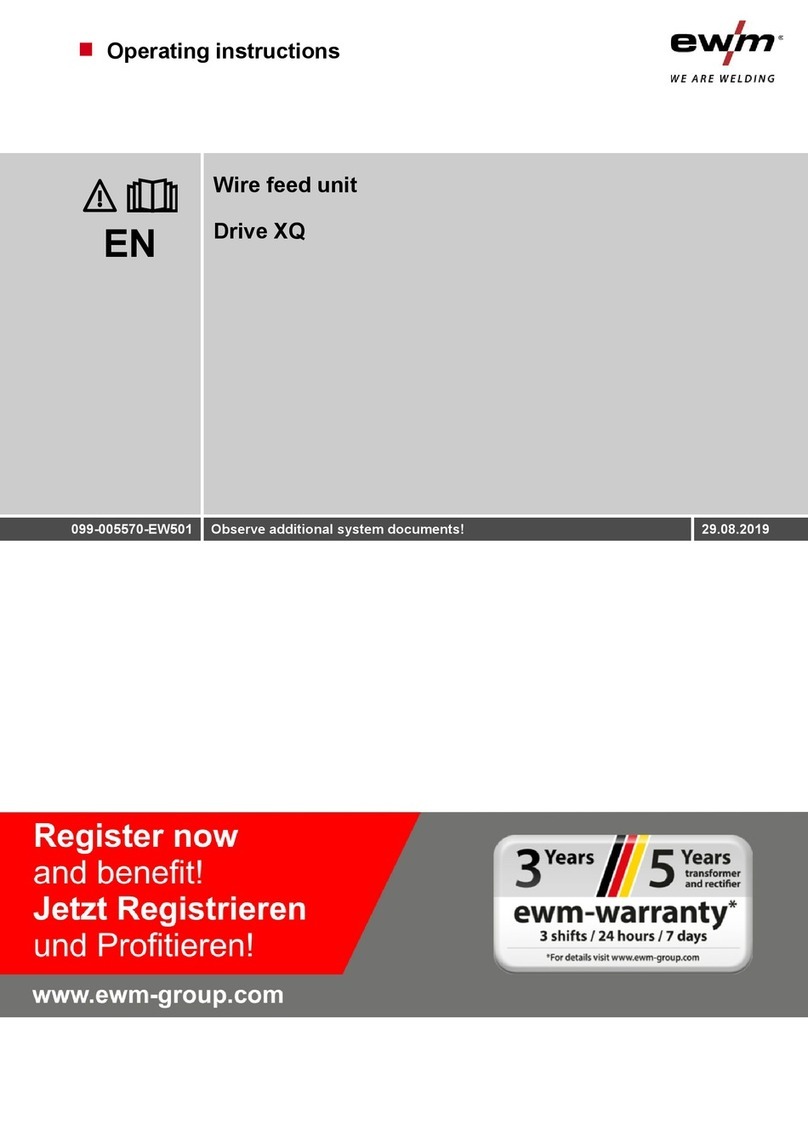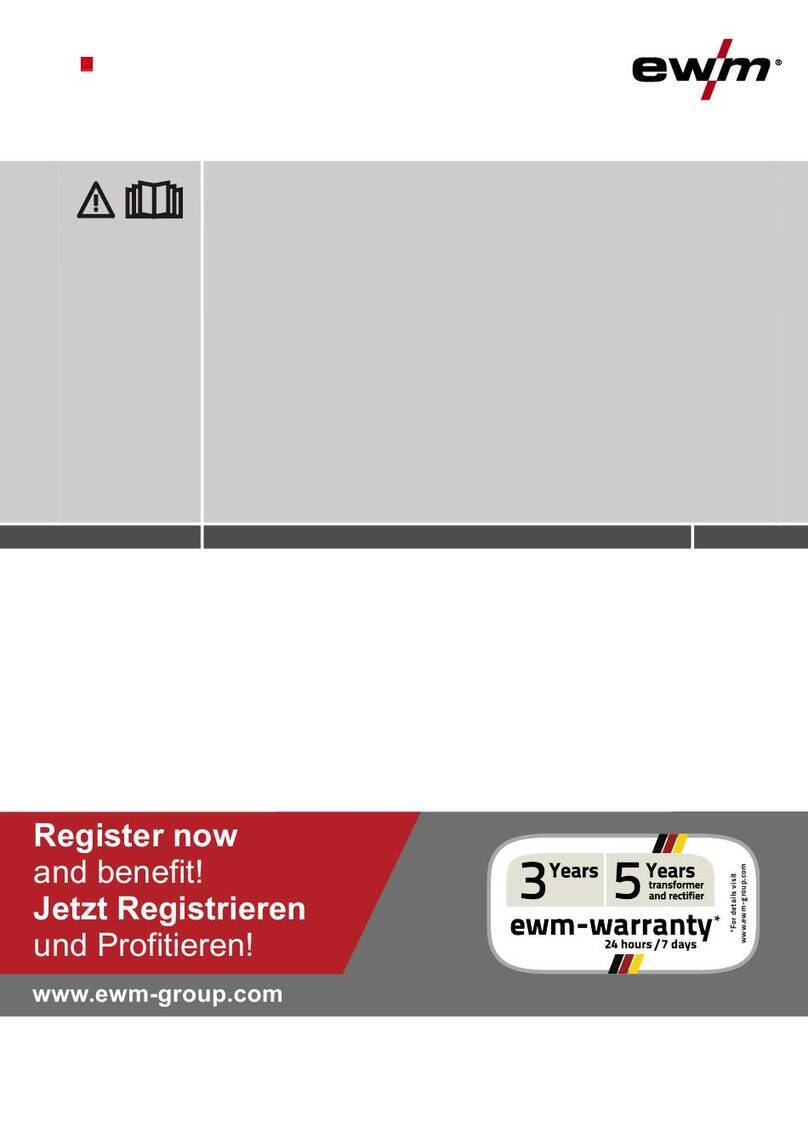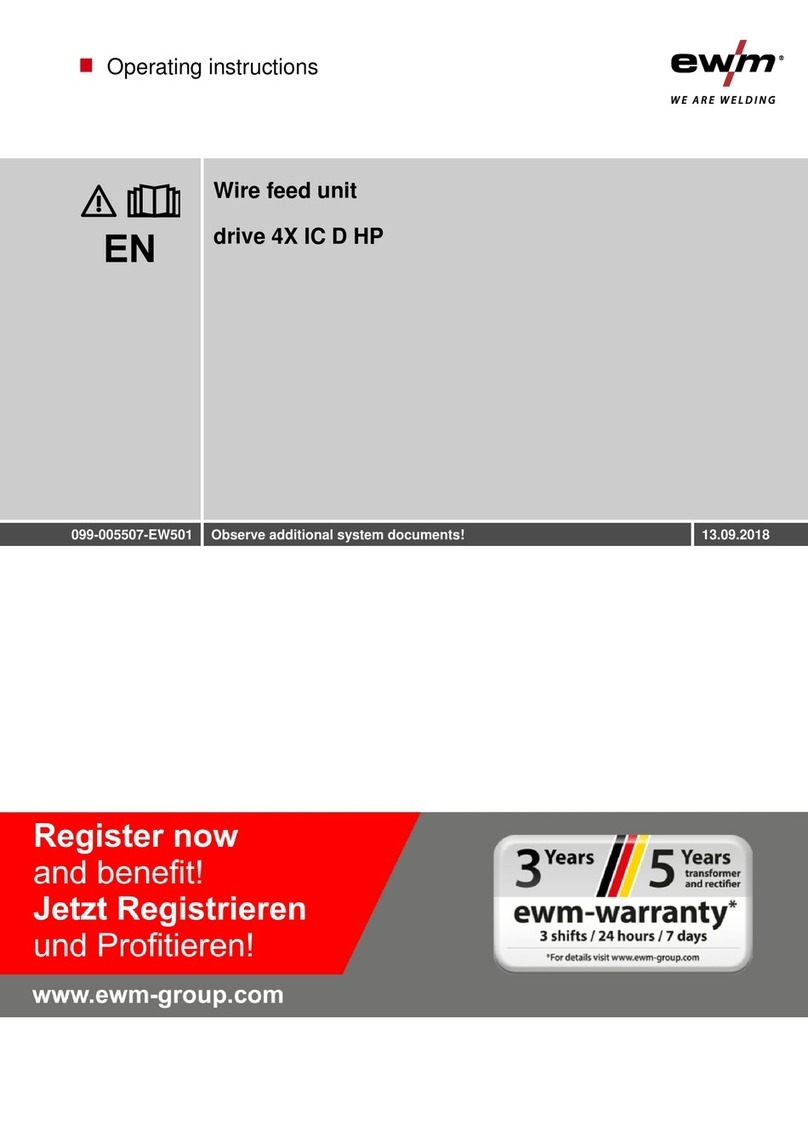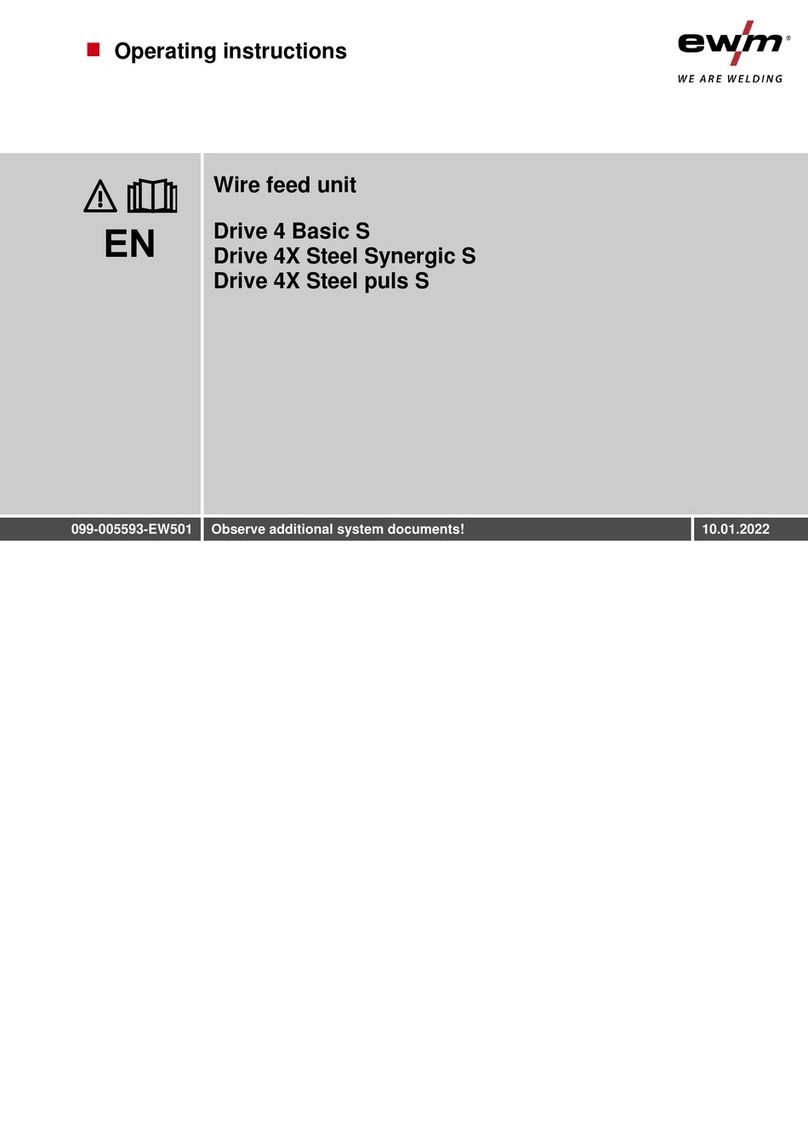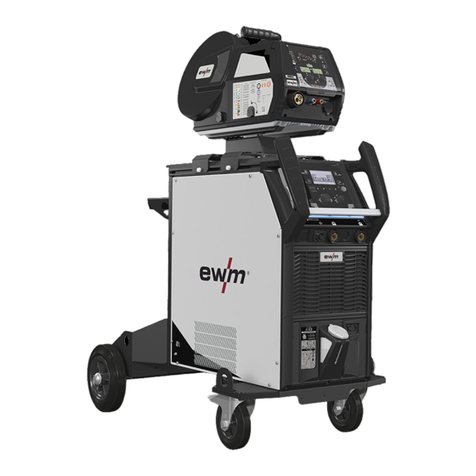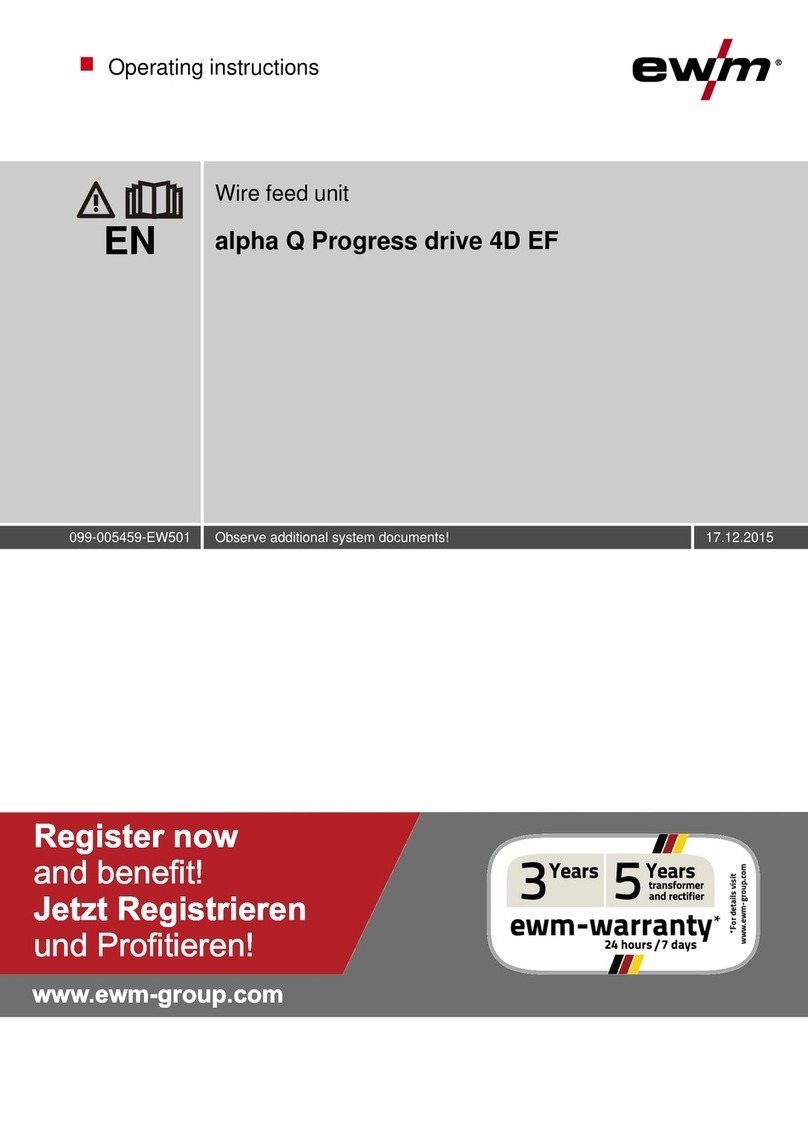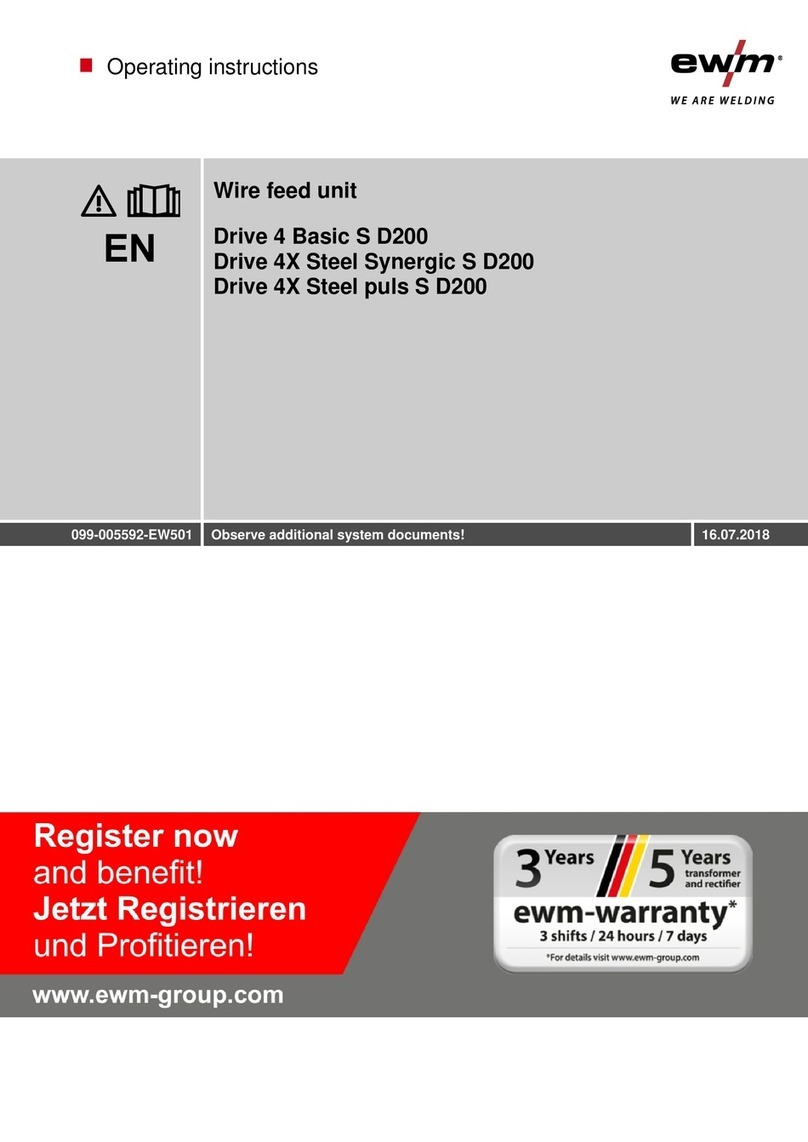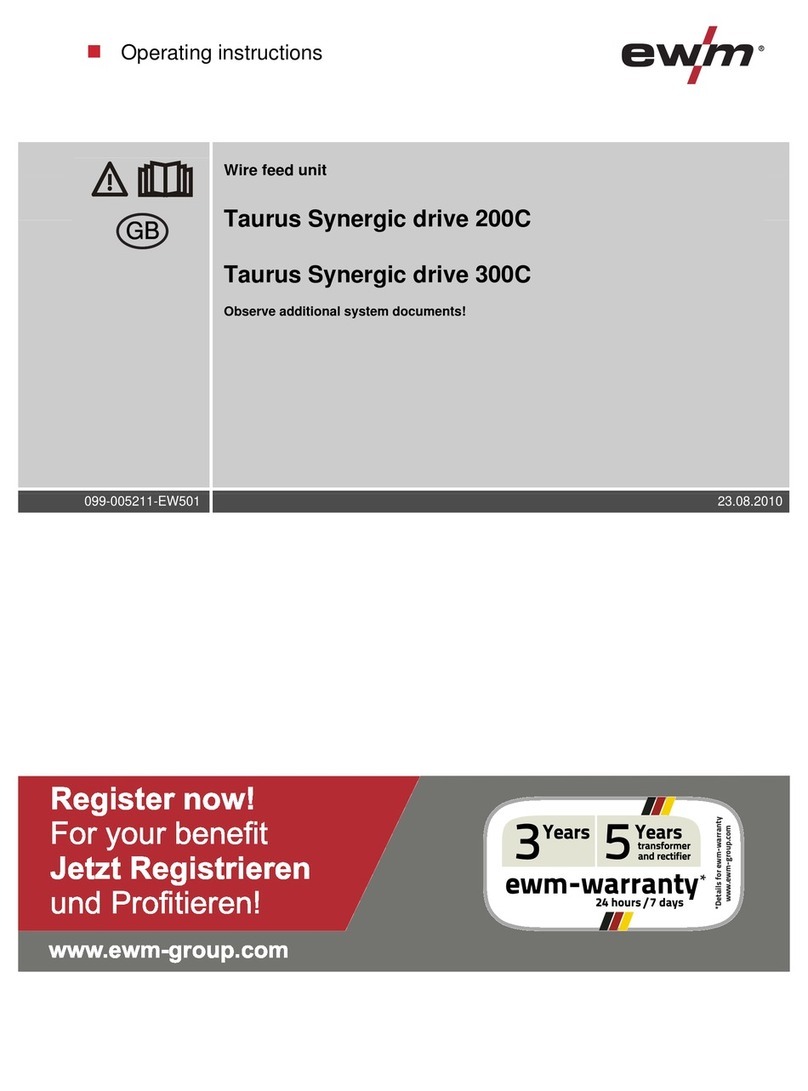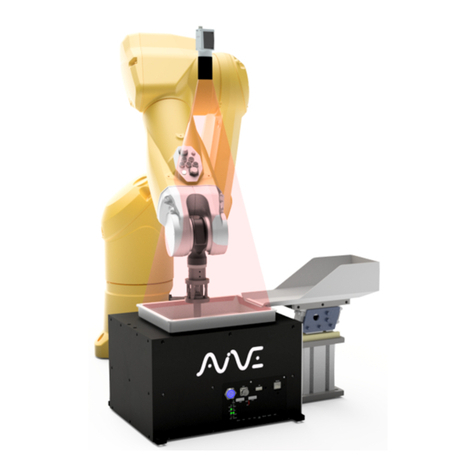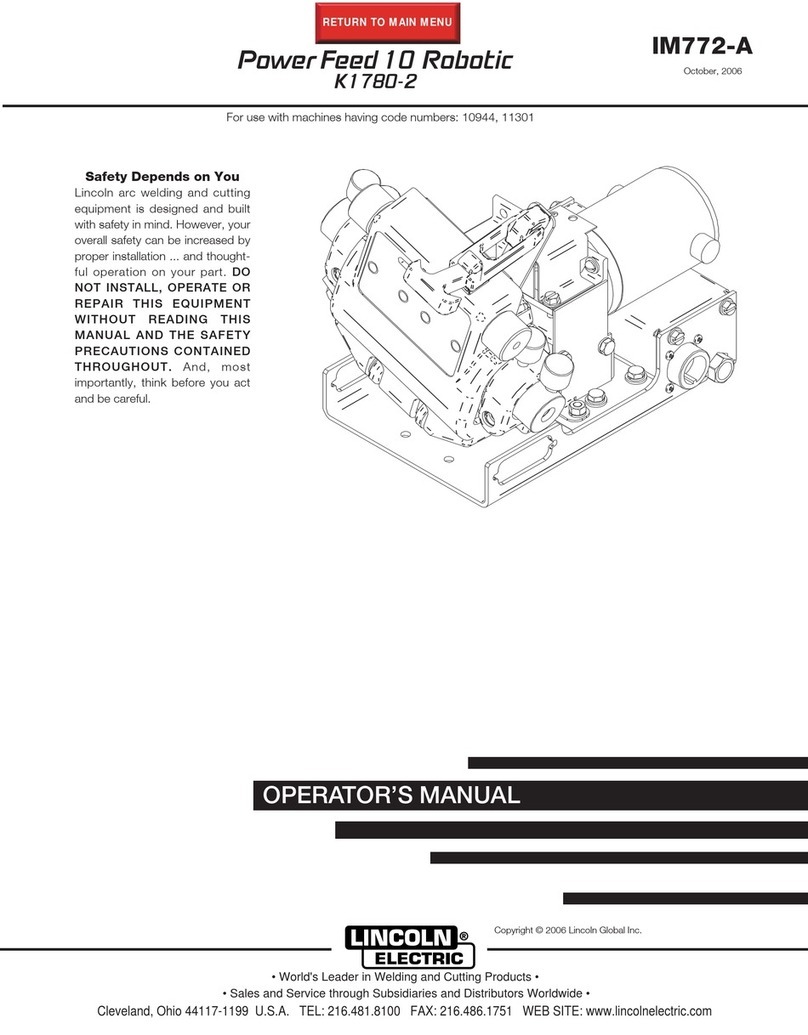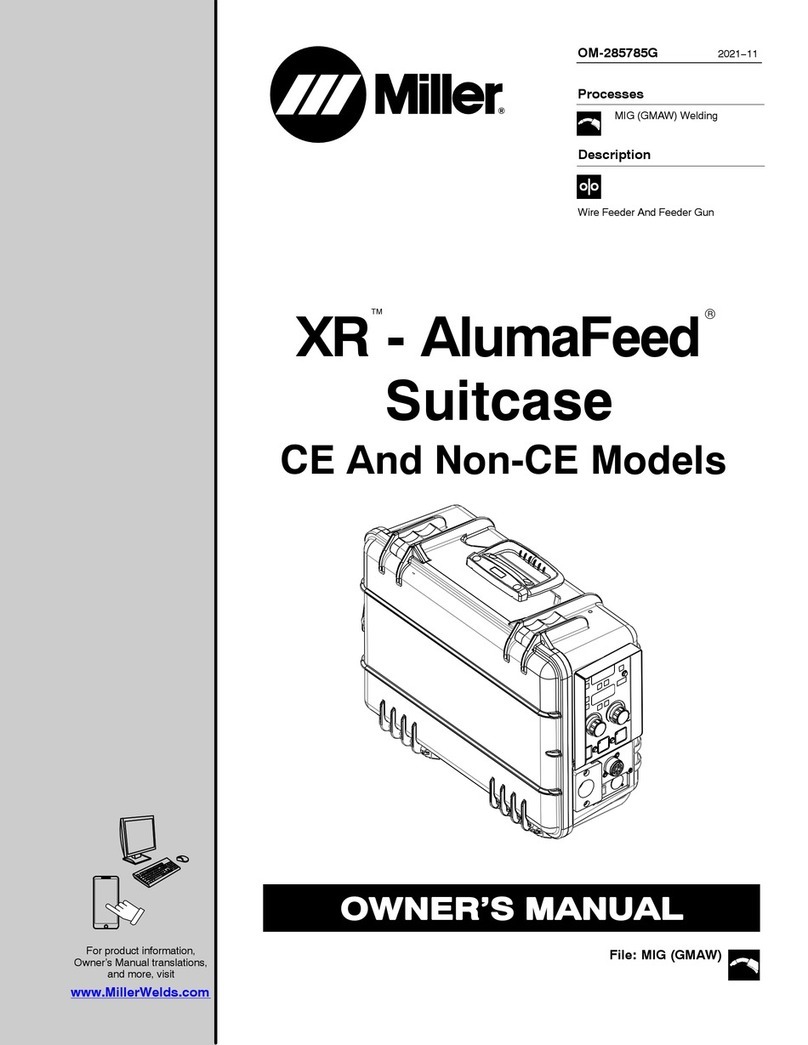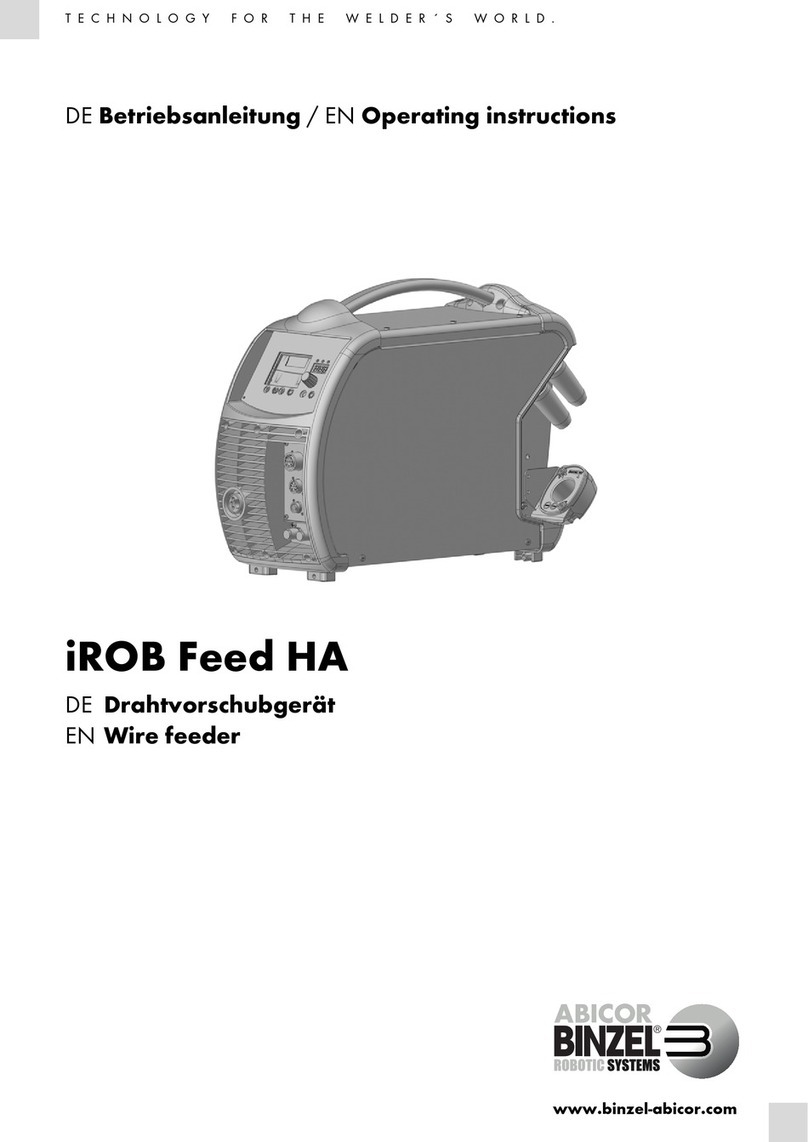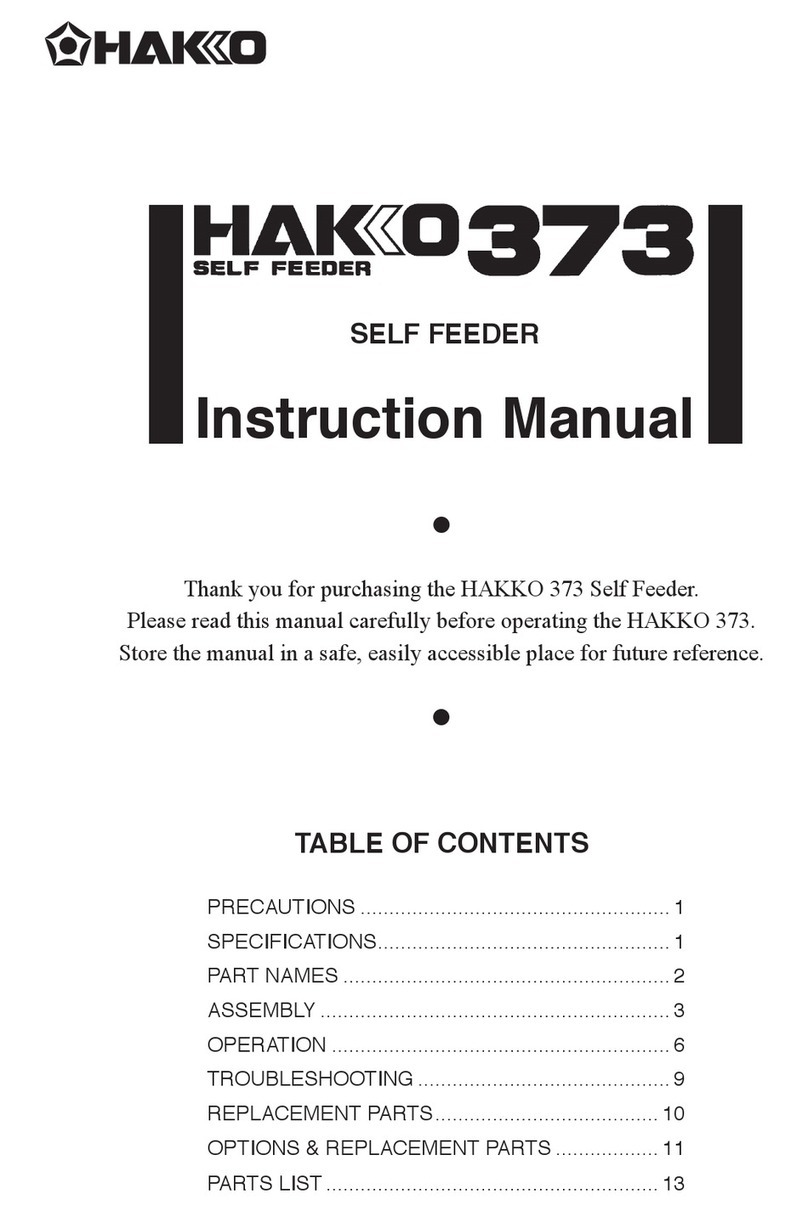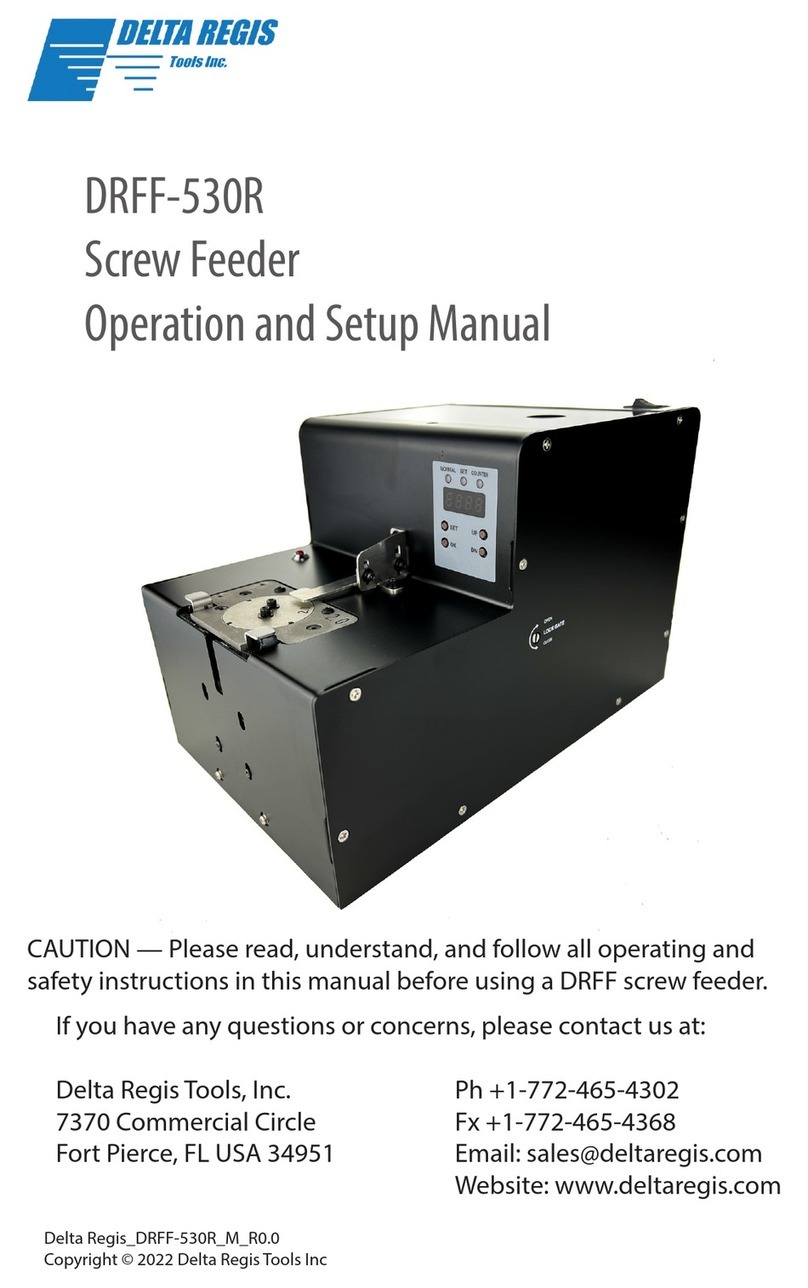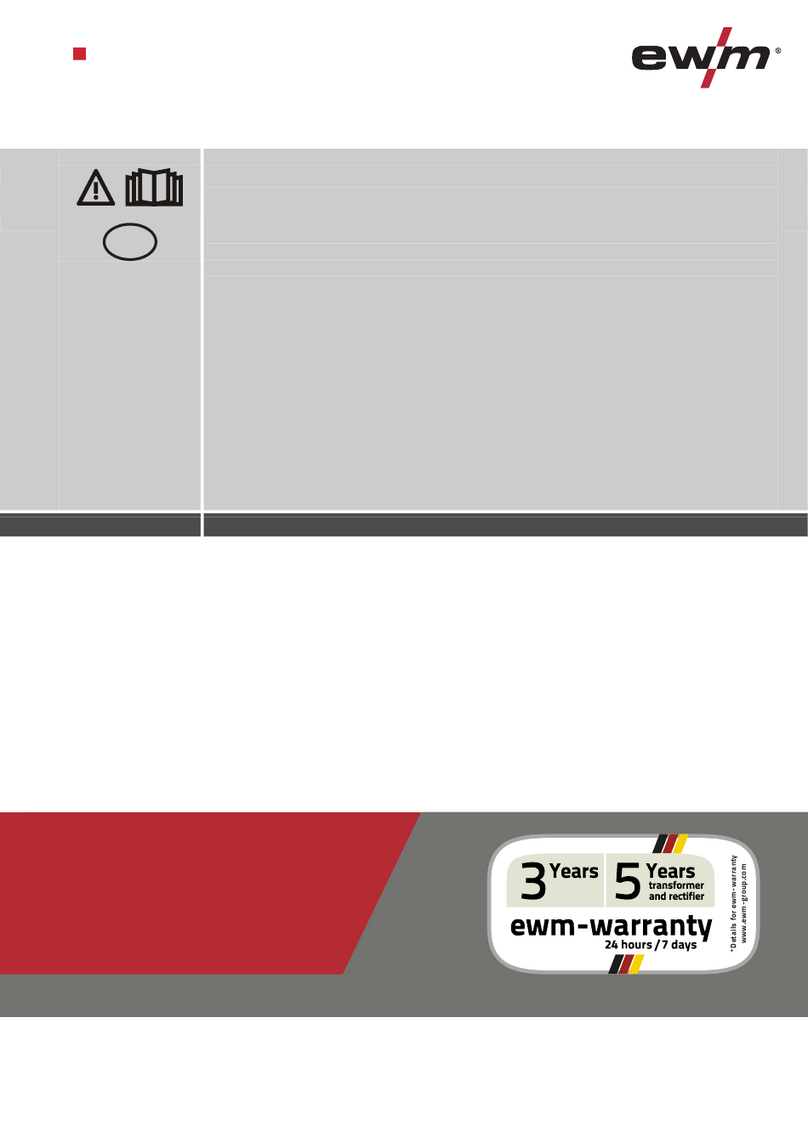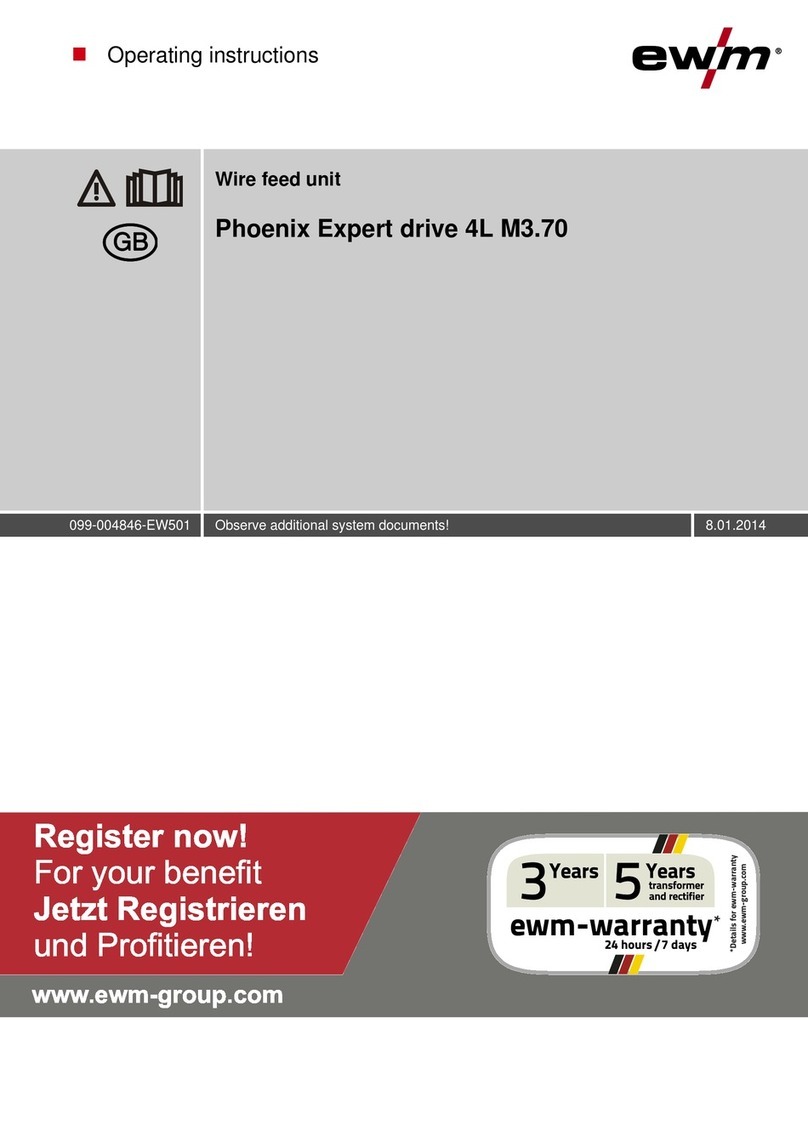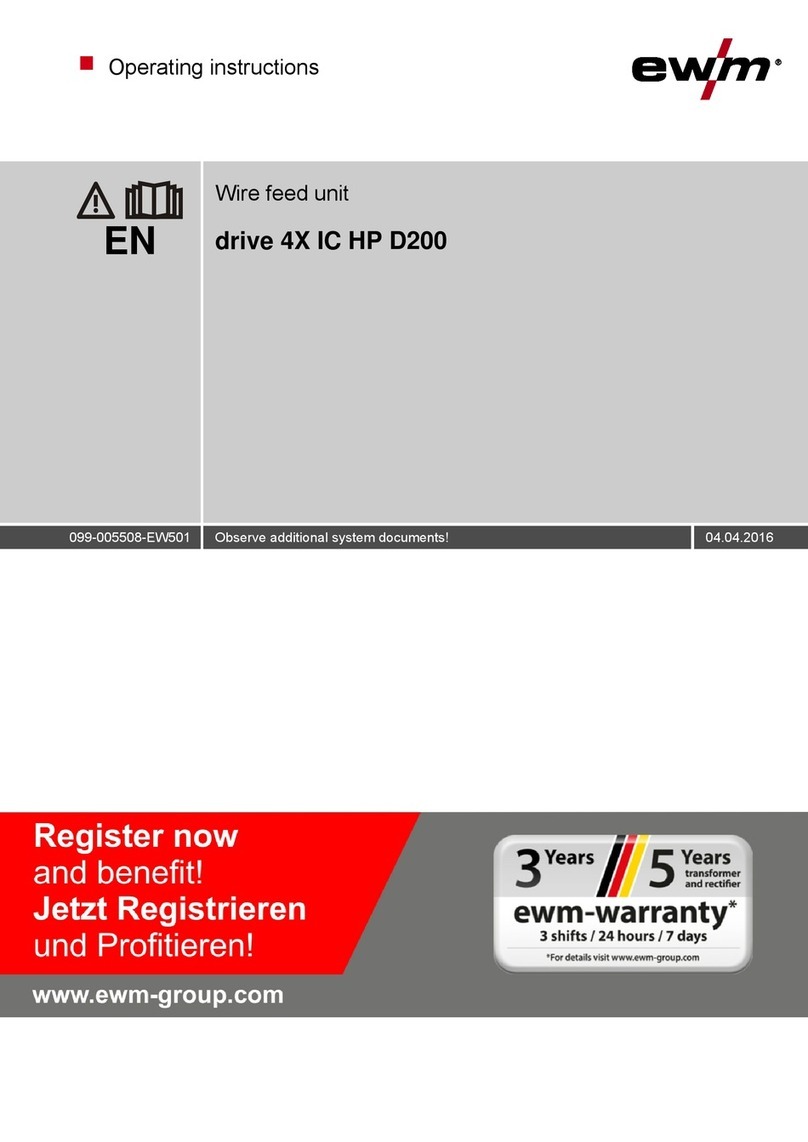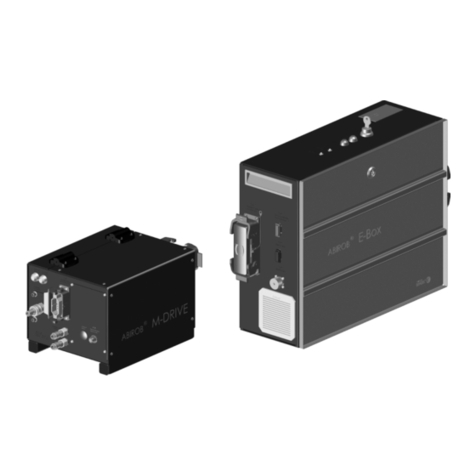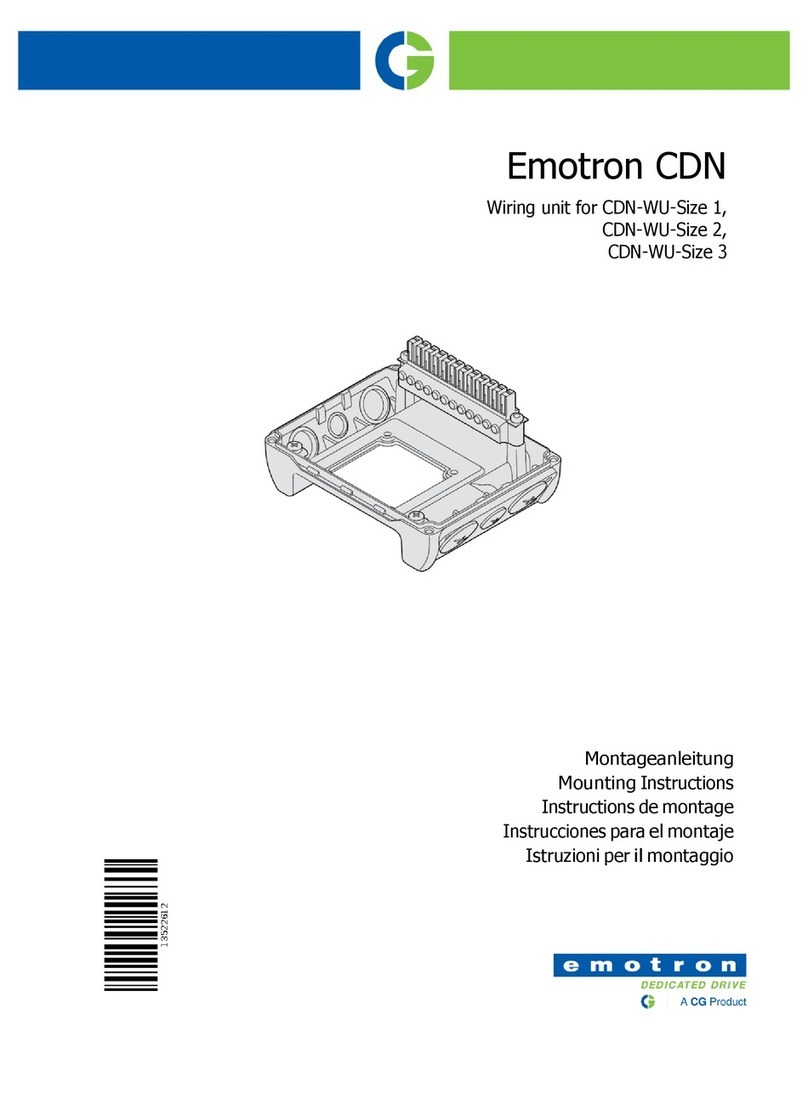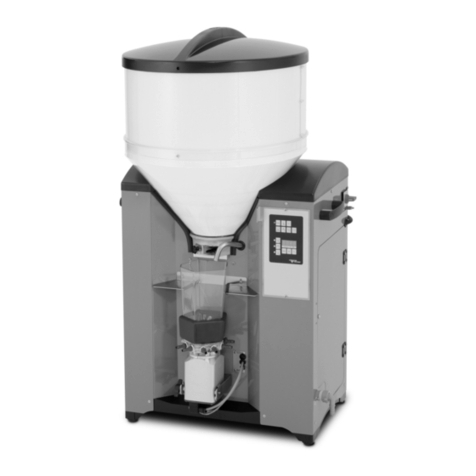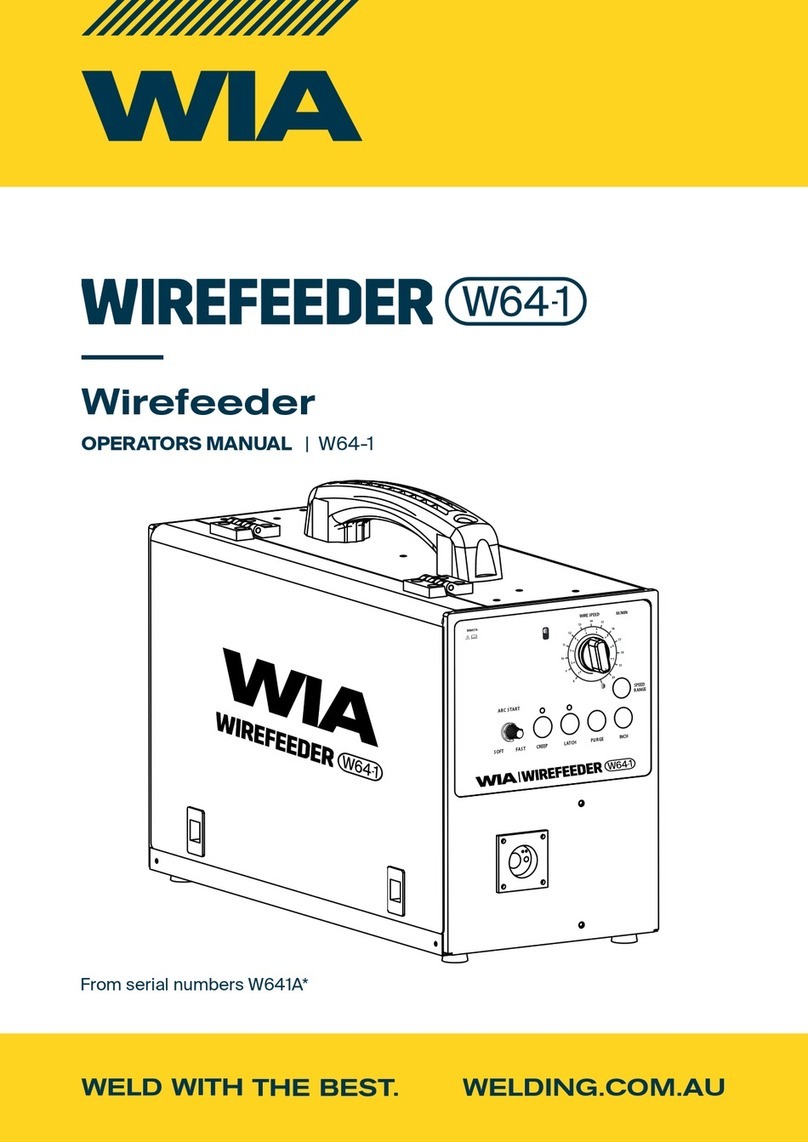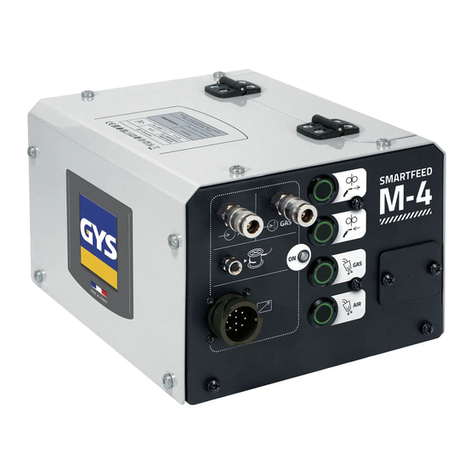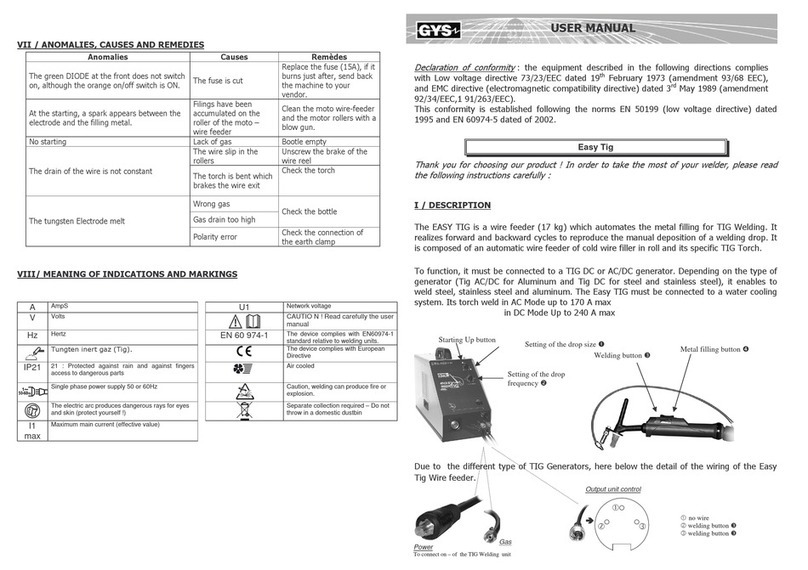
Contents
Notes on the use of these operating instructions
099-005401-EW501
17.06.2014
1Contents
1Contents..................................................................................................................................................3
2Safety instructions.................................................................................................................................5
2.1 Notes on the use of these operating instructions ..........................................................................5
2.2 Explanation of icons.......................................................................................................................6
2.3 General..........................................................................................................................................7
2.4 Transport and installation ............................................................................................................11
2.4.1 Ambient conditions.......................................................................................................12
2.4.1.1 In operation...................................................................................................12
2.4.1.2 Transport and storage...................................................................................12
3Intended use.........................................................................................................................................13
3.1 Applications..................................................................................................................................13
3.1.1 MIG/MAG standard welding.........................................................................................13
3.1.2 MMA welding................................................................................................................13
3.1.2.1 Air arc gouging..............................................................................................13
3.2 Use and operation solely with the following machines................................................................14
3.3 Documents which also apply.......................................................................................................15
3.3.1 Warranty.......................................................................................................................15
3.3.2 Declaration of Conformity.............................................................................................15
3.3.3 Welding in environments with increased electrical hazards.........................................15
3.3.4 Service documents (spare parts and circuit diagrams)................................................15
3.3.5 Calibration/Validation ...................................................................................................15
4Machine description –quick overview ..............................................................................................16
4.1 Front view ....................................................................................................................................16
4.2 Rear view.....................................................................................................................................17
4.3 Inside view...................................................................................................................................18
4.4 Machine control –Operating elements........................................................................................19
5Design and function.............................................................................................................................20
5.1 General........................................................................................................................................20
5.2 Installation....................................................................................................................................21
5.3 Welding torch cooling system......................................................................................................22
5.3.1 List of coolants..............................................................................................................22
5.4 Notes on the installation of welding current leads.......................................................................23
5.5 Intermediate hose package connection.......................................................................................25
5.6 Shielding gas supply (shielding gas cylinder for welding machine).............................................26
5.6.1 Gas test........................................................................................................................26
5.6.2 Setting the shielding gas quantity.................................................................................26
5.7 MIG/MAG welding........................................................................................................................27
5.7.1 Welding torch connection.............................................................................................27
5.7.2 Wire feed......................................................................................................................30
5.7.2.1 Open the protective flap of the wire feeder...................................................30
5.7.2.2 Inserting the wire spool.................................................................................30
5.7.2.3 Changing the wire feed rollers......................................................................31
5.7.2.4 Inching the wire electrode.............................................................................33
5.7.2.5 Spool brake setting .......................................................................................35
5.7.3 Welding task selection..................................................................................................36
5.7.3.1 Accessory components for operating point setting.......................................36
5.7.4 Standard MIG/MAG torch.............................................................................................37
5.7.5 MIG/MAG special-torches............................................................................................37
5.8 MMA welding ...............................................................................................................................38
5.8.1 Connecting the electrode holder and workpiece lead..................................................38
5.8.2 Welding task selection..................................................................................................39
5.8.3 Welding current setting.................................................................................................39
5.8.4 Arcforce........................................................................................................................39
5.8.5 Hotstart.........................................................................................................................39
5.8.6 Antistick........................................................................................................................39
5.9 Air arc gouging.............................................................................................................................40
